At the time of Joanna of Castile’s death in 1555 she was 75 years old and had been Queen of Castile for over 50 years. However, for over 45 years she had been effectively imprisoned for her alleged insanity. So who was Joanna, and what led to her fate?
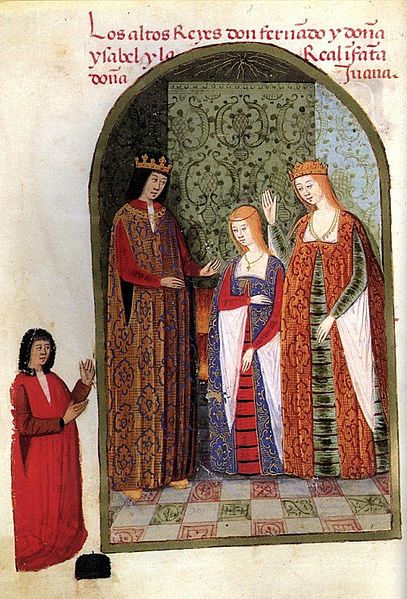
Joanna with her parents, Isabella and Ferdinand, from “Rimado de la conquista de Granada” by Pedro Marcuello, c. 1482.
Joanna was born on 6th November 1479. Her parents were Isabella I of Castile and Ferdinand II of Aragon, who were co-monarchs of the two kingdoms. Whilst the pair were co-monarchs, if one died then the other lost the right to the throne in their partner’s territory. Joanna was never expected to inherit either of her parents’ kingdoms. She was their third child and second daughter, and both her elder siblings had children, so Joanna was far down the inheritance rung. However, Joanna was a very talented woman. She excelled in all of the courtly and feminine arts, such as needlework, dancing, music, and languages, and her intelligence and skills meant her mother expected high things of her.
Joanna was betrothed to Philip, Duke of Burgundy, at 16 years old, in an attempt by her parents to bring an alliance between their family and the Habsburgs under the threat of growing French power. Philip’s father was Holy Roman Emperor, and Ferdinand and Isabella’s combined kingdoms, with the bolster to their power of the newly conquered Granada (under the completion of the Reconquista) meant the combination of the two families could potentially be a great political force. In 1496, Joanna set sail for the Low Countries to live with her now-husband. Isabella expected great things of Joanna, as the success of the marriage was crucial to the family’s position and legacy. Joanna was to be expected to influence her husband towards alliances with Spain, and away from the powerful French, so that the kingdom of Burgundy could be expected to support Spanish interests in future.
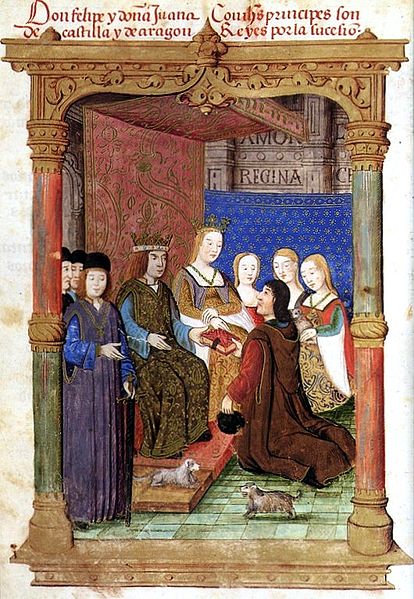
Joanna and Philip with their subjects, WikiCommons.
Joanna’s marriage to Philip seemed to be fairly successful, and they had 6 children together. In the meantime, Joanna rose to position of heiress within a few years. Her older brother and sister died, her brother’s only heir was stillborn, and her sister’s son also died. As a result, in 1502 she was recognised in Castile of being heiress to the throne, with Philip recognised as her consort. In November 1504, Joanna’s mother Isabella died and she became Queen regnant of Castile, with Philip as King. Under the terms of Isabella and Ferdinand’s agreement, Ferdinand lost his status as King in Castile, remaining only King of Aragon. Crucially, however, Isabella’s will permitted Ferdinand to govern Castile in Joanna’s absence or if Joanna was unwilling (or unable) to rule herself, until her heir reached 20 years old.
A power struggle then emerged between Ferdinand and Philip, with both men minting coins in the name of themself and Joanna. In early 1505, Ferdinand persuaded the Cortes of Castile that Joanna was suffering from illness that prevented her from governing, and they appointed Ferdinand as Joanna’s guardian, and therefore Castile’s governor. Ferdinand also married the niece of Louis XII of France, countering the previously anti-French policy. This proved unpopular, and strengthened support for Philip and Joanna in Castile. When the couple landed in Castile in 1506 the nobility abandoned Ferdinand. However, this didn’t save Joanna. Ferdinand and Philip signed a treaty that claimed that Joanna’s mental instablity made her incapable of ruling, and excluded her from government, passing control to Philip.

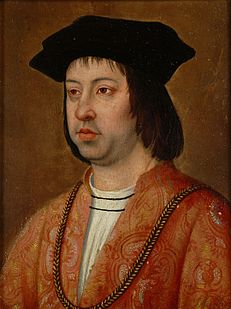
Joanna’s husband Philip, left, and father Ferdinand, right, both jostled to rule the kingdom through controlling her.
Joanna was still, in name, Queen and ruler of Castile, and as such the Cortes declared allegience to the monarchs jointly. Their son Charles was named heir-apparent. However, in September 1506 Philip suddenly died whilst Joanna was pregnant with her last child. Joanna attempted to exercise her rights to rule alone in her own name, but Castile was crumbling. Plague and famine was ruining the country, with perhaps up to half the population dying, and Joanna couldn’t find the money to prop up her power. In July 1507 Ferdinand returned to Castile, coinciding with a relief of the plague and famine, which many took as a sign that Ferdinand was the one to protect the kingdom.
Joanna was subsequently forced to hand over control of the Kingdom to Ferdinand. She ordered members of the royal council to follow Ferdinand as they would her, though she refused to sign it in writing and issued a statement saying she didn’t endorse the surrender of her power. Ferdinand couldn’t fully depose Joanna, so again she remained ruler in name, with all documents being issued in her name, but all were signed by Ferdinand. To retain control, Ferdinand sent Joanna to confinement in a convent in Castile in early 1509, dismissing all her servants and replacing them with ones loyal to him. From this time onwards, stories of Joanna’s madness were spread, including the story that Joanna had taken her late husband Philip’s body with her to keep him close.
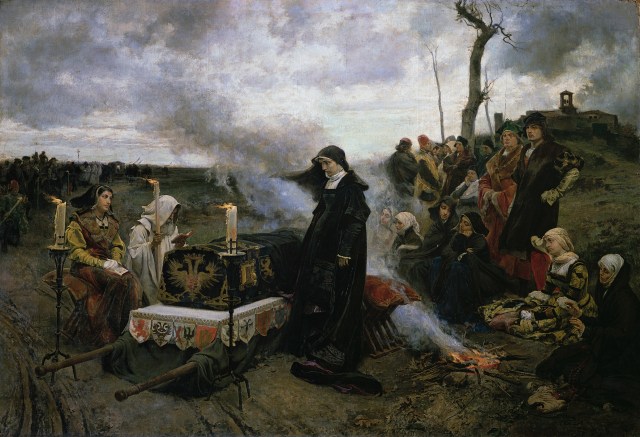
Doña Juana la Loca by Francisco Pradilla, 1877, famously portraying one of the scenes of Joanna’s alleged ‘madness’ over her husband’s body.
Ferdinand died in 1516 and the kingdoms of Castile and Aragon (along with other associated lands) passed to his grandson, Joanna’s son Charles I. Charles was still only 17, and if Joanna had hoped her son would restore her position then she was mistaken. In October 1517, Charles received her authorisation to allow Charles to rule as her co-King, but Joanna remained in confinement at the convent. In 1519, Charles became Holy Roman Emperor, increasing his power and influence greatly.

Enjoying this blog post? Buy me a hot chocolate!
Consider donating the cost of a hot chocolate to me, so I can continue to write and run Just History Posts.
£3.50
Joanna remained in the convent for the rest of her life. From time to time she was used as a spearhead of rebellion, such as in 1520 when rebels, concerned at perceived foreign interference in Castile, tried to legitimise their rebellion by gaining Joanna’s consent. Despite Joanna’s sympathy for their cause, she was persuaded by Charles’ regent to support her son.
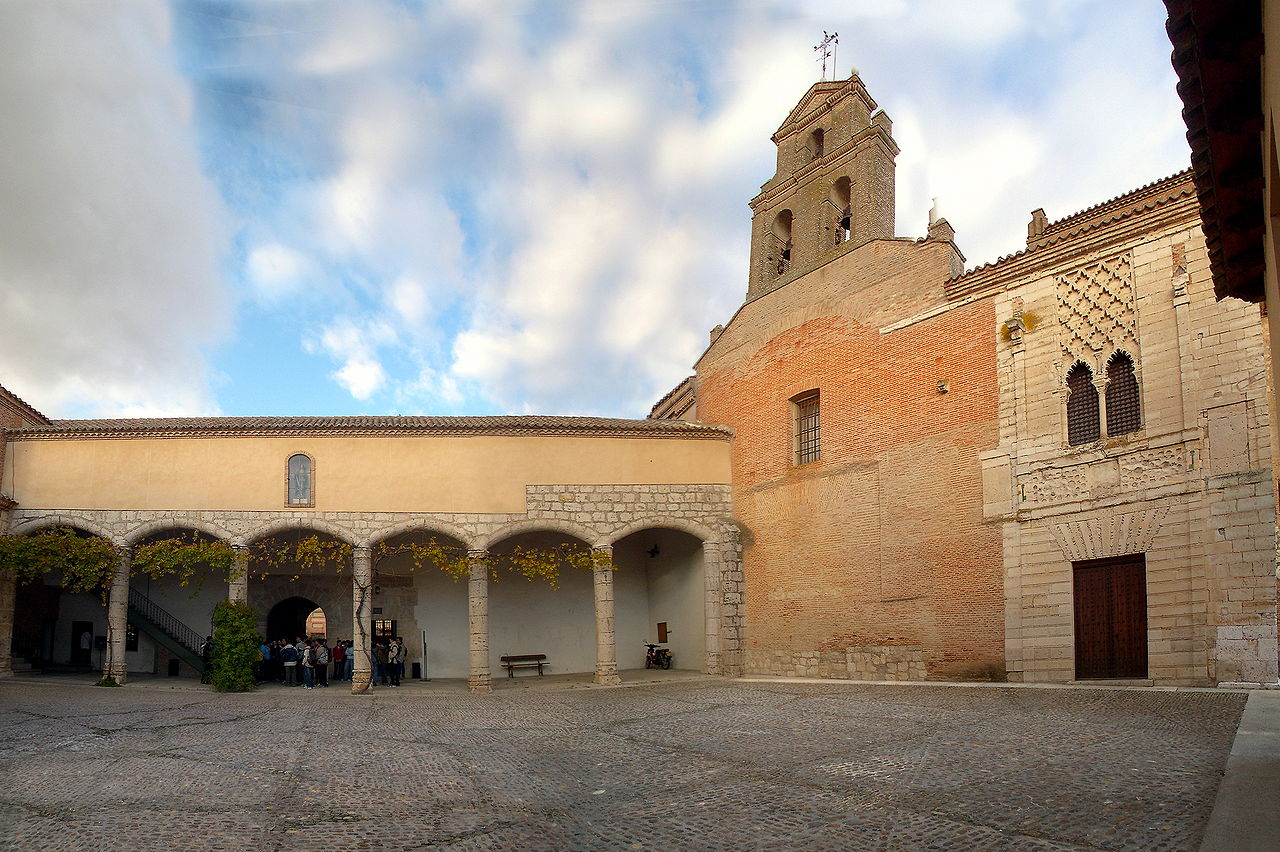
The Santa Clara convent in Tordesillas where Joanna spent much of her life.
Joanna’s mental and physical health declined towards the end of her life. She apparently believed that some of the nuns wanted to kill her, and she found it difficult to eat, sleep, bathe, or change her clothes. Charles responded by writing to her caretakers that it would be best for no one to speak to Joanna. Joanna died in 1555 at the convent, and was buried in the Royal Chapel of Granada next to her parents, husband, and nephew.
Debate has raged whether Joanna truly did suffer from mental illness, or if Joanna was simply the victim of powerful men wanting to grab control for themselves, spreading the propaganda necessary to do so. Joanna’s family did have a history of mental illness, though it has been argued by some that Joanna’s mother would have never have primed her for such an important marriage with Philip if she had any suspicion that Joanna was suffering mentally. Moreover, the symptoms Joanna seems to have suffered in later life, even if true and not the result of propaganda, are easily explained by her decades long confinement against her will, with human contact restricted and her power futile. You can read some of these arguments here.
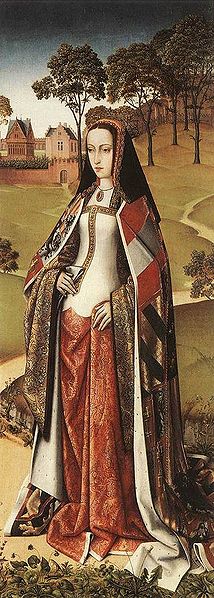
A portrait of Joanna from Flanders, c. 1500, from the wings of the Last Judgement Triptych of Zierikzee, by the Master of Afflighem.
Joanna’s life seems a tragic one. As a young woman she was full of potential: intelligent, talented, and in a successful marriage with a lifetime of ruling as a powerful Queen ahead of her. For the majority of her life, however, she was imprisoned against her will, her power being wielded by the men in her life. She may have suffered from a mental illness that ran in her family, or she may simply have been scapegoated, eventually succumbing to the propaganda under the strain of her confinement. She may have taken some comfort in the legacy of her children, however, with all 6 children growing up to be emperors or queens (although, with mixed success).
Previous Blog Post: The Anarchy: England’s Medieval Civil War
Previous in Royal People: Jacqueline of Hainault, pawn or political player?
List of Blog Posts: here Blog Homepage: here
Buy my books via the pictures below! Or why not check out our shop?
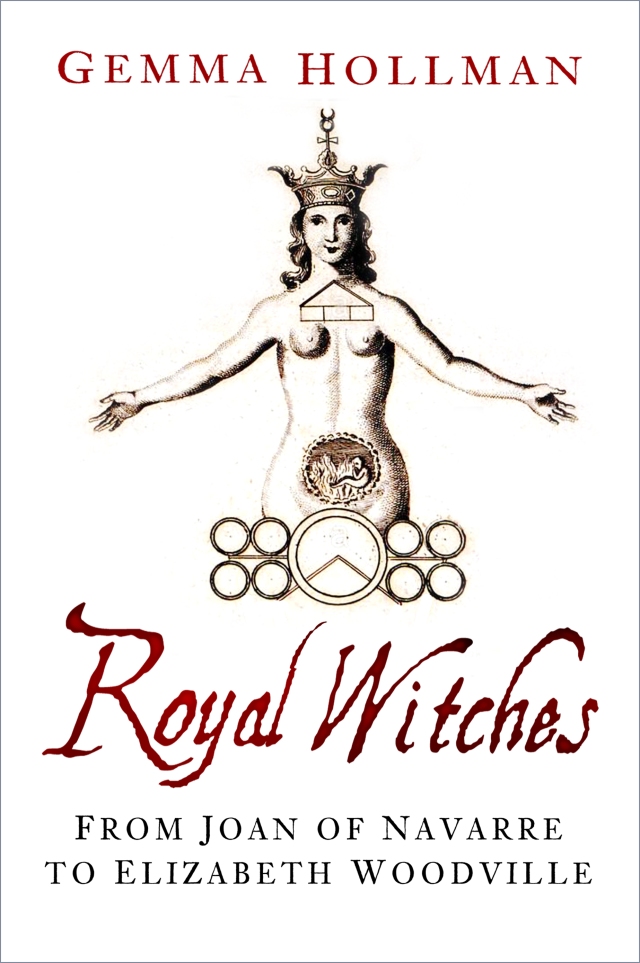
Follow us:


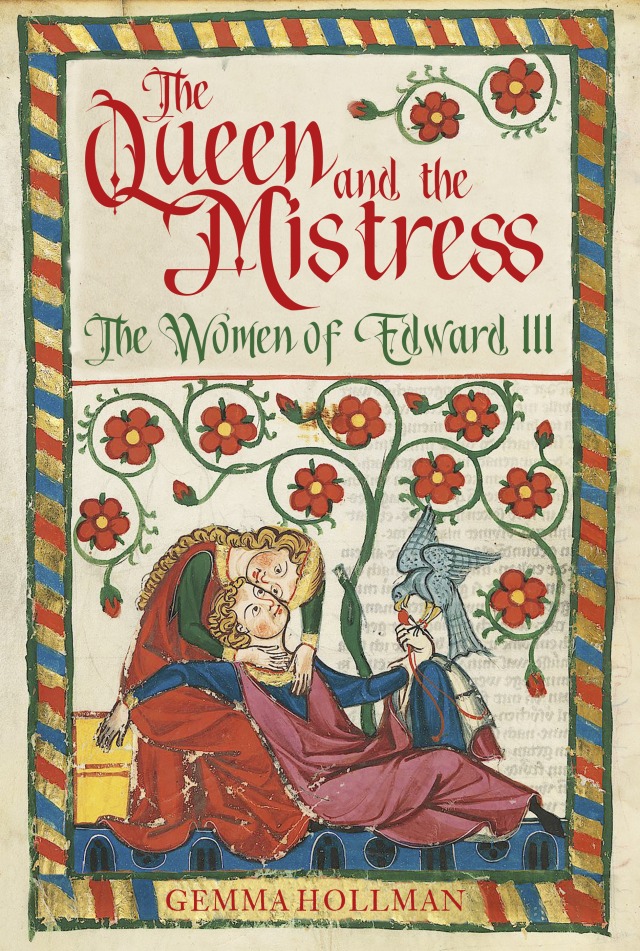



Hello, I hope you are well,
My name is Alexandre Patrício, and I am a human resources management student, and a history enthusiast.
Given that your blog doesn’t presnet any form of contact, I’d like to give you my email so we could discuss both our blogs, and a possible partnership.
My email is as follow:
alexandre.patricio1@hotmail.com
Thank you for your time, I look forward for your reply
Cheers,
Alexandre Patrício
LikeLike
Thank you Alexandre – I haven’t forgotten this comment, I’ve just been quite busy lately – I will send you an email asap!
LikeLike
Hello, I hope you are well,
Thank you for the availability.
I eagerly await your email.
Cheers,
Alexandre Patrício
LikeLike
Reblogged this on Lenora's Culture Center and Foray into History.
LikeLike